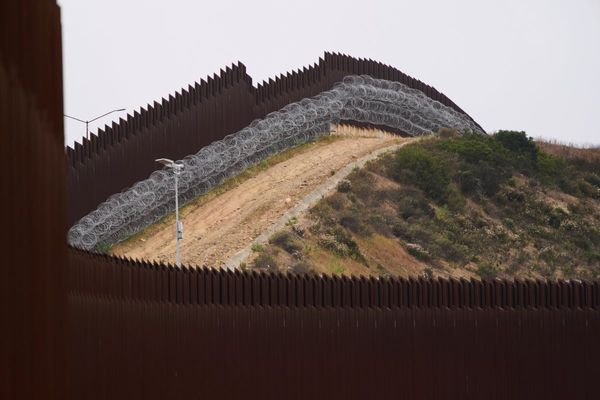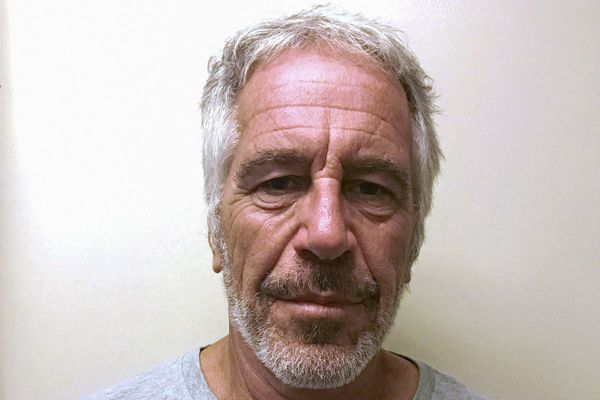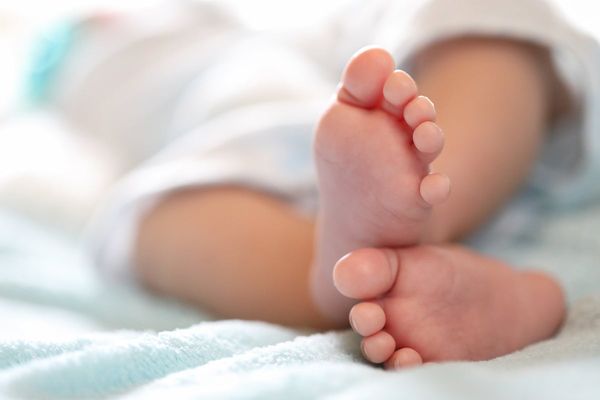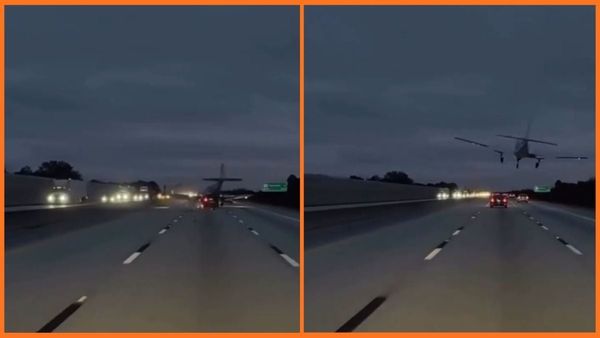
For decades, US researchers have studied behavioral signs that could help identify people who are at risk of carrying out mass violence.
They have looked at histories of drug abuse, interpersonal violence or “red flag behaviors” like posting images of firearms on social media and threatening their classmates or co-workers.
“These behaviors are observable. Someone can notice if their nephew or neighbor is starting to wear fatigues and carry a gun,” said Mary Ellen O’Toole, a retired FBI agent, profiler and the director of George Mason University’s forensic science program.
Some warning signs researchers like O’Toole have identified, such as a change in dress, carrying a gun, and talking about violence online, are behaviors many community gun violence prevention workers have long been on the lookout for in the young Black and Latino people they work with.
Community gun violence prevention programs have existed across the US for decades. Many of them have an established track record of intervening in retaliatory violence throughout neighborhoods by building long-term relationships with the people most likely to be shot or shoot someone else.
While there are significant differences between the dynamics of high-profile mass shootings and community gun violence, community violence prevention workers say their programs’ successful models may have something to offer those who want to stop a future mass casualty event.
“Community violence intervention has shown us that there’s a way to create the infrastructure to connect with those we think are likely to be a school shooter,” said DeVone Boggan, founder of Advance Peace, a violence interruption program that was born in northern California and is now a national model.
“If we – including law enforcement – can better identify these people, and instead of a rush of police we send in people who are interested in caring and loving on someone in the face of stigma, we can see similarly positive results,” he said.
Integral to the programs’ success is the role of people who can serve as mentors and guides for young people at risk of violence, said Fernando Rejón, the executive director of the Urban Peace Institute, an organization that trains violence intervention workers.
Community gun violence prevention is one of the few fields where the workforce is largely made up of formerly incarcerated people who were once a part of any given city’s gun violence problem. Once they come out of prison and are trained on how to intervene, they become credible messengers who can talk to those who are perpetuating cycles of violence.
“When we look at community violence you can’t impose mainstream values, especially on to those who’ve been systematically isolated from the riches of society,” said Rejón. “[Credible messengers] are people who can build rapport, connect with individuals and be readily available to disrupt and de-escalate homicidal thoughts. They serve as frontline assessors who can figure out whether someone has a larger mental health issue and needs clinical help.”
“Addressing mass shootings will only happen if we can make community investments and put people and systems in place to engage young people as they’re going through their development,” he continued. “You have to have a public health infrastructure for those who feel hopeless and alone. In the community violence world that means having people readily available to engage with those at the street level who might want revenge.”
In recent years, violence prevention workers, just like law enforcement officials, have had to become more social media savvy in order to suss out conflicts and threats. “Mass casualties occur in community violence as well as in school and workplace shootings and there are several similarities in terms of where people are getting their information and where and how they are letting out their distress,” said Fatima Loren, executive director of the Health Alliance for Violence Intervention (HAVI), an organization that helps hospitals build and maintain hospital-based violence prevention programs.
“In the community violence prevention world there are specialists who look at beefs that are brewing online before they even hit the streets. And they use it as a way to mitigate disputes before they erupt into violence. It’s reasonable to think that violence interrupters could have a meaningful impact in other gun violence prevention spaces. And it’s most useful to lean on the people who look at the particular features of mass shootings and figure out who has credibility and that kind of intervention,” she said.
Successful interventions also cannot shy away from those deemed to be the least worthy of help, the prevention workers said. Violence prevention efforts regularly come up against fear-mongering about shooters that can make it difficult to get buy-in from the community, officials and police. For decades, perpetrators of gun violence, especially young, poor, Black and Latino, have been described as manifestations of evil that can only be dealt with by incarceration. Prevention workers have had to tune out the fear-mongering and pull out the humanity in the people they work with, Boggan said.
“This stigma remains because of who is at the center of the issue,” he continued. “In America, we’ve been taught to fear young Black and brown people, especially boys. They’ve always been seen as inhuman.
“The stigmas still exist for a lot of different reasons,” he said. “But we’ve managed to ignore those stereotypes and focus on their humanity and get them the kinds of support, services and opportunities that can take them down different pathways. This is why we’ve been successful in every place we’ve been.”
O’Toole, the retired FBI agent, has researched mass shootings for decades, pulling apart the days, months and even years of a shooter’s life to understand what could have led to their horrific act, ever since 13 people were shot and killed at Columbine high school in Colorado in 1999.
Echoing the community violence prevention workers, she said, “the point of calling out warning behaviors is so that we can pull together resources and make some kind of intervention, but they can’t just be a one-time fix.” And as has been seen with tough-on-crime responses to gun violence, interventions that involve only law enforcement don’t get to the root of the problem, she added.
Similarly, she warned, the types of descriptions politicians so often fall back on after mass shootings – describing the gunman as “evil” – can only lead to draconian responses.
“We shouldn’t put on our 14th-century hat in the way we frame these events,” O’Toole said. “These aren’t monsters, they are human beings that are hateful, see others as objects and have radicalized themselves to become a mass shooter who will go down in infamy.”







